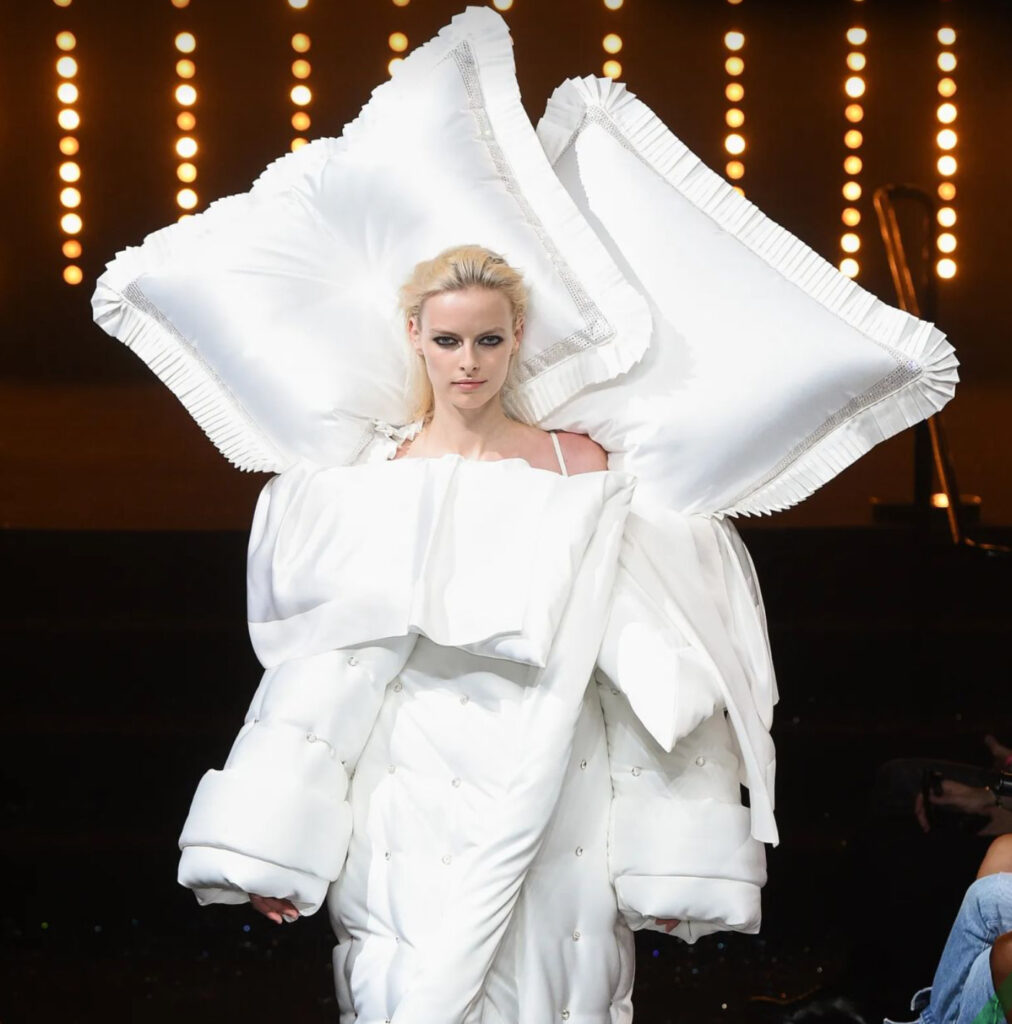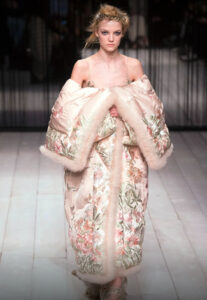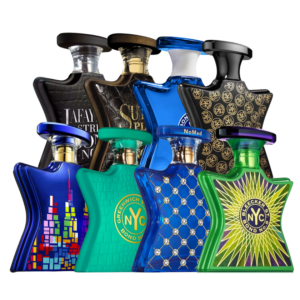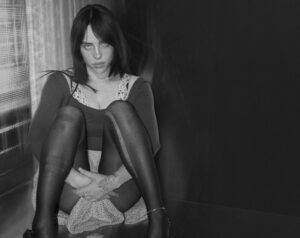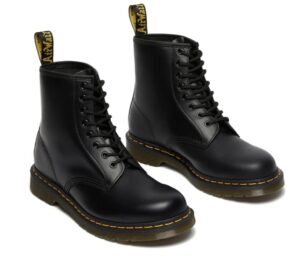In a culture that glorifies hustle and runs on caffeine, sleep has become a surprising haute item. Once a basic biological need, sleep is now a lifestyle flex—a new benchmark of privilege, discipline, and even attractiveness. Where once “I’ll sleep when I’m dead” summed up success, the new currency of cool is a full eight hours and a dewy glow to prove it.
This isn’t just a cultural evolution; it’s a commercial one. Beauty, wellness, and tech brands are scrambling to monetize the modern obsession with rest. They’re not just selling moisturizers or melatonin anymore—they’re selling the promise of particularly acute uniqueness, uninterrupted sleep. As sleep transforms from afterthought to aspiration, it’s reshaping the beauty industry from the inside out.
The Rise of Rest: From Function to Flex
Sleep has undergone a reputational makeover. Thanks to the growing influence of wellness culture and mental health advocacy, getting a good night’s sleep is now framed as a responsible, even aspirational act. It signals balance, self-care, and high-functioning adulthood.
Social media, especially platforms like TikTok and Instagram, has turned bedtime into a performance. Think mood lighting, silk eye masks, luxury pillow mists, and nighttime skincare rituals set to lo-fi beats. Influencers don’t just sleep—they curate it. Sleep is not just restorative, it’s aesthetic. It’s something to be optimized, tracked, and shown off.
The Sleep Economy Awakens
Brands have noticed. The global sleep economy is booming. McKinsey predicts sleep wearables will be worth $32 billion by 2026, nearly triple their value from 2019. According to Euromonitor, global sales of sleep aids hit $4.8 billion in 2024—up from $3.4 billion in 2019.
What’s behind this explosion? A major driver is the consumer shift from reactive to proactive wellness. As people rethink health through a preventative lens, sleep has become non-negotiable. “As consumers redefine health, the sleep economy stands to benefit dramatically,” says Matthew Oster, head of health, beauty and hygiene insights at Euromonitor.
We’re seeing sleep woven into every corner of the consumer experience—from skincare and supplements to wearables and furniture. What used to live in the realm of medicine or necessity is now the focus of innovation and indulgence.
Skincare Meets Sleep Science
The overlap between beauty and sleep is especially potent. It’s not a stretch: the term “beauty sleep” has been around for decades. But today’s products are more sophisticated—and better branded.
Luxury serums now promise overnight regeneration. Face masks are “infused with sleep-inducing botanicals.” Creams are formulated to work with your circadian rhythm. Even packaging leans into sleep cues: calming lavender tones, moon motifs, silk textures.
And then there are the bedtime rituals. High-end brands market entire nighttime “experiences”—complete with sleep teas, aromatherapy, soundscapes, and pillow sprays. It’s less about the product and more about the promise: deeper rest, better skin, and a more balanced life.
Tech-Enhanced Tranquility
If beauty brings the softness, tech brings the precision. The sleep tech sector is now an innovation lab, merging neuroscience, biofeedback, and design to give people greater control over their rest.
Smart rings and headbands track REM cycles. Weighted blankets simulate deep pressure therapy. Apps like Calm and Headspace guide users through sleep meditations and sound baths. Mattresses adapt to body temperature in real time.
And increasingly, this data isn’t just for the health-obsessed—it’s part of beauty routines. Devices now recommend products based on your sleep quality. Poor sleep metrics? That might be the cue for a new serum or supplement.
This is personalization at the next level. It’s also surveillance for sleep—comforting for some, unsettling for others. But the bottom line? People are paying to know how well they rest—and brands are cashing in.
The Influencer Effect: #RestTok and Beyond
A key driver of this sleep-beauty boom is how rest is packaged and shared online. On platforms like TikTok, the “sleep aesthetic” has gone viral. Influencers post calming nighttime routines with gentle narration and ethereal visuals. #RestTok, #NightRoutine, and #SleepHygiene rack up millions of views.
These aren’t just routines—they’re performances of luxury, control, and calm. They tell the viewer: “I’ve got my life together.” In turn, followers aspire not just to the sleep, but to the identity behind it.
Influencers are now brand partners in sleep. They launch sleepwear lines, collaborate on pillow sprays, and even co-create apps. Their role is crucial: they translate scientific concepts and premium products into desirable, shoppable content.
Capitalizing Without Compromising: A Scientific Tightrope
But there’s a tension here. As the sleep-beauty market expands, experts warn against pseudoscience and overpromising. It’s easy for brands to lean on sleepy buzzwords—melatonin, circadian rhythm, “deep rest”—without rigorous backing.
That’s risky. Consumers are more informed than ever. If a product doesn’t deliver, or worse, misleads, trust collapses.
That’s why science-backed innovation matters. Brands like The Nue Co., This Works, and Hatch are integrating clinical studies, neuroscientific insights, and doctor-designed formulas into their offerings. The best products don’t just sound good—they actually support healthier sleep, which in turn supports real beauty benefits like reduced inflammation, better skin regeneration, and hormonal balance.
Beauty Sleep as a Privilege
There’s also a cultural layer that brands can’t ignore: good sleep is still, in many ways, a privilege. Time, quiet, a safe space, and minimal stress aren’t equally available. Sleep inequality—driven by socioeconomic factors, work schedules, housing conditions, and systemic stress—makes restful sleep a luxury for many.
That’s where the “status symbol” conversation gets complicated. For some, a seven-step nighttime ritual with $200 in products is aspirational content. For others, it’s a reminder of what they don’t have.
Brands need to navigate this with sensitivity. Offering real, affordable solutions—or supporting sleep access in marginalized communities—can make beauty sleep more inclusive, not just exclusive.
Where We Go From Here: The Future of Sleep and Beauty
So, where does this all lead? The convergence of beauty, wellness, and sleep is just beginning. What started as a trend is hardening into a lifestyle standard—one that’s ripe with opportunity, but also responsibility.
Here’s what we can expect next:
- Hyper-personalized regimens: Based on biometrics and sleep cycle data, consumers will get custom sleep-beauty prescriptions.
- Cross-category bundles: Think smart humidifiers that dispense aroma-based serums while tracking your sleep.
- Sleep-first branding: Brands that position sleep not as an afterthought, but as a foundational beauty pillar.
- Mental health integration: Products that recognize the overlap between stress, anxiety, and poor sleep—offering holistic solutions.
- New metrics of beauty: Moving away from purely aesthetic ideals, toward visible signs of rest, vitality, and mental wellness.
In the 2020s, sleep isn’t just about rest—it’s about identity. It tells the world who you are: how well you take care of yourself, how much control you have, how deeply you invest in your well-being. That’s why sleep has become the ultimate beauty status symbol—not because it’s easy, but because it’s aspirational.
No comments yet.

